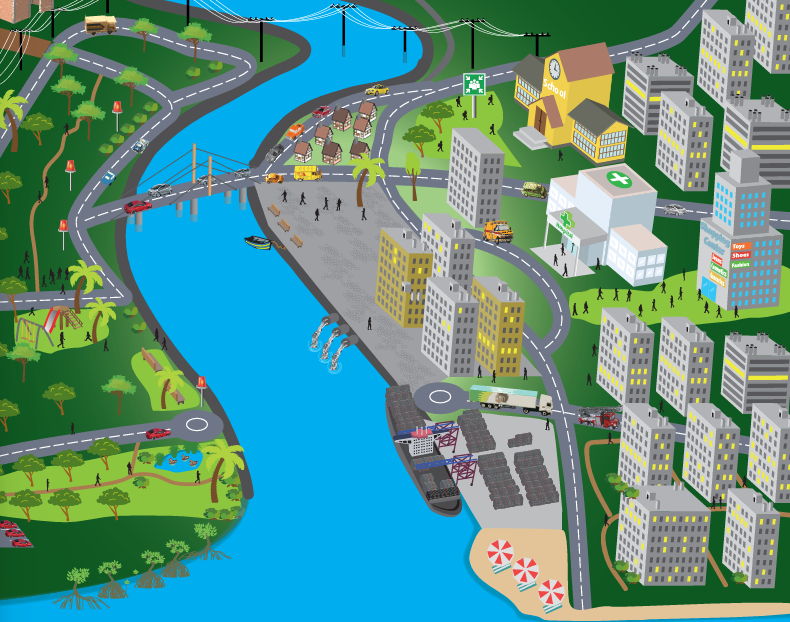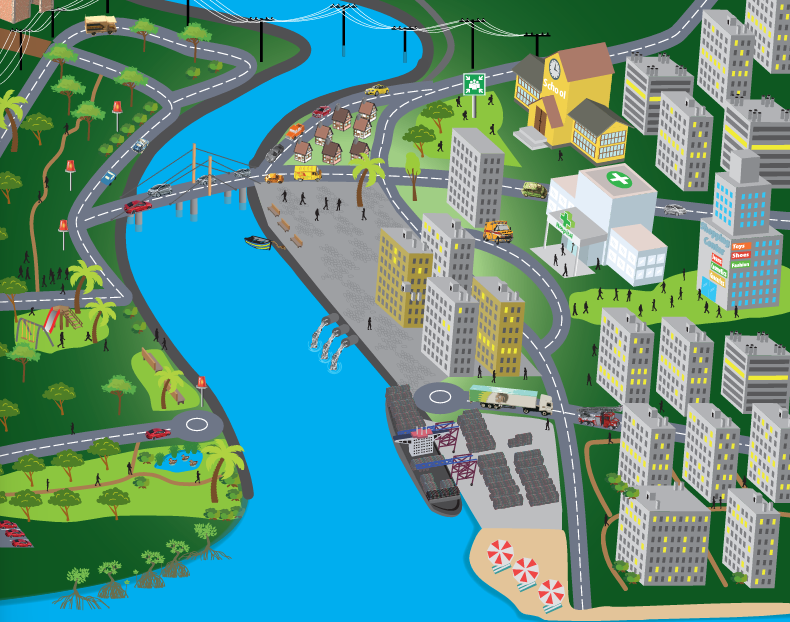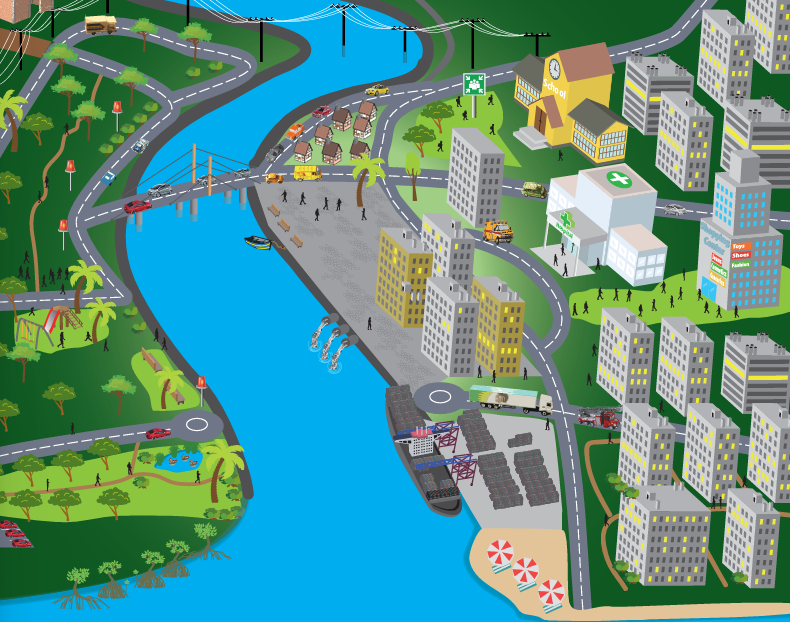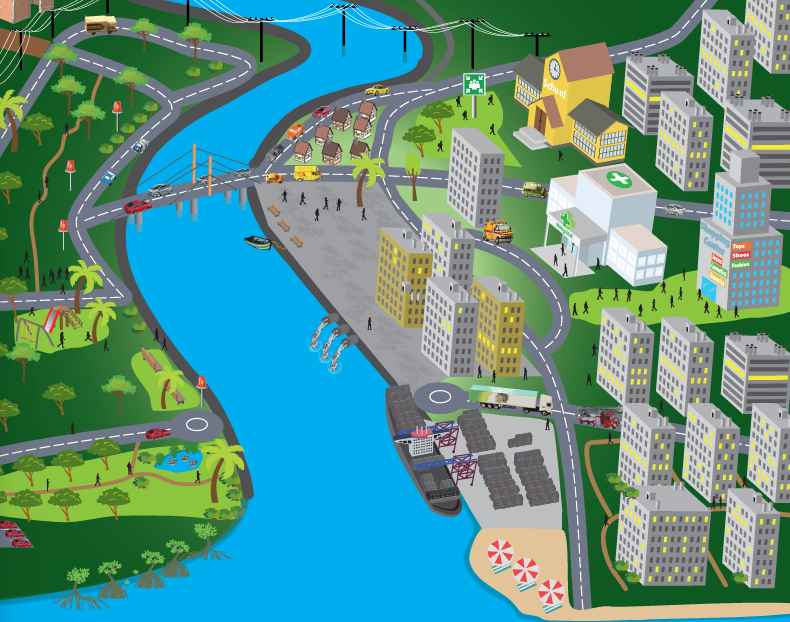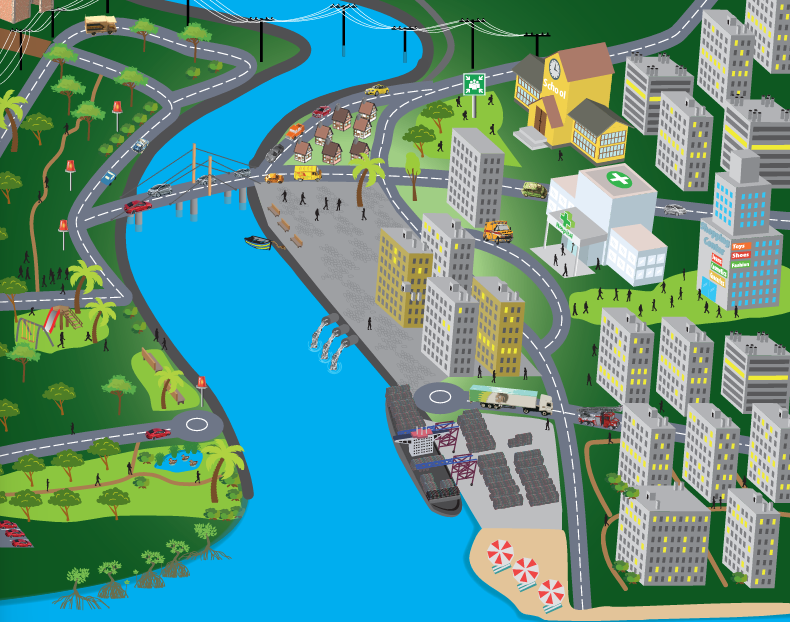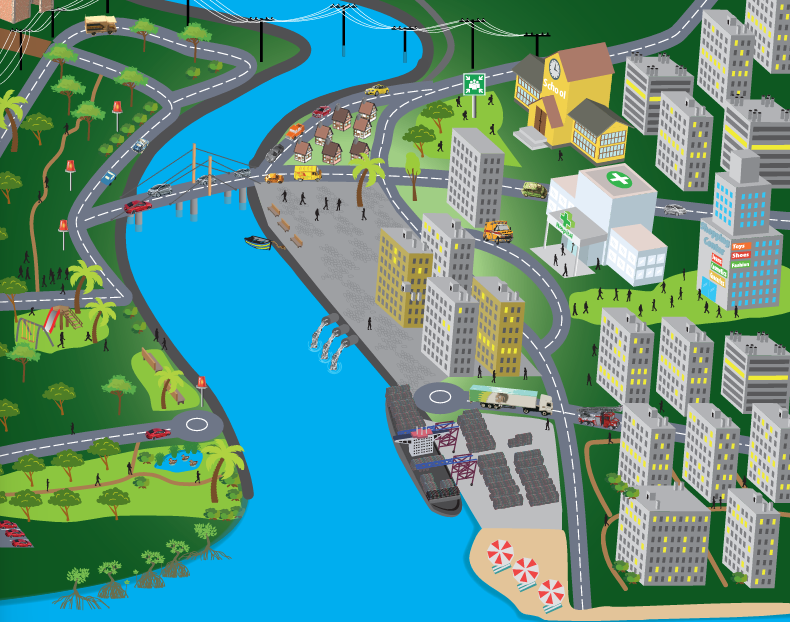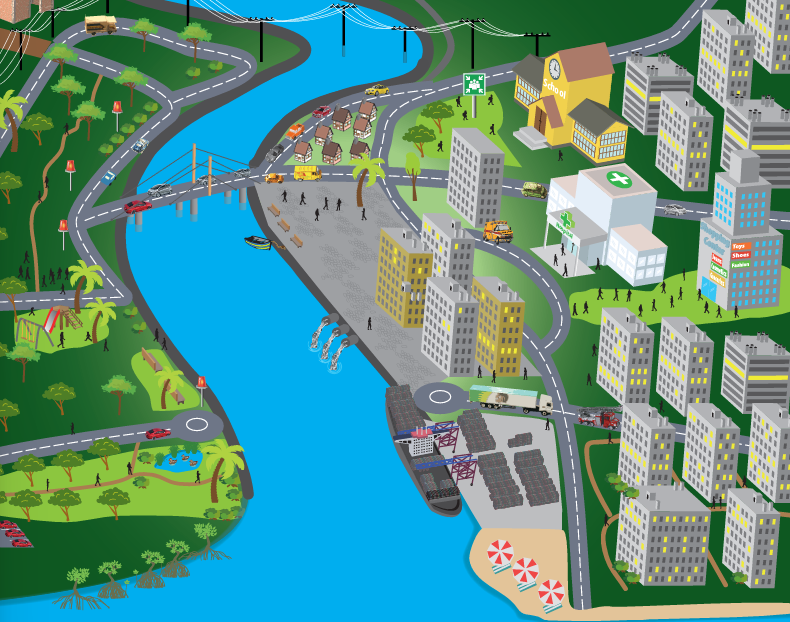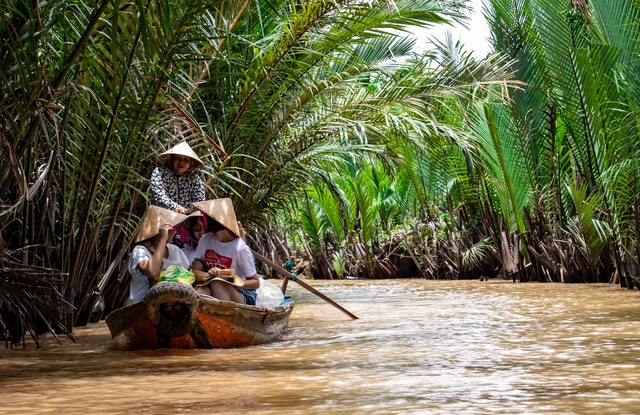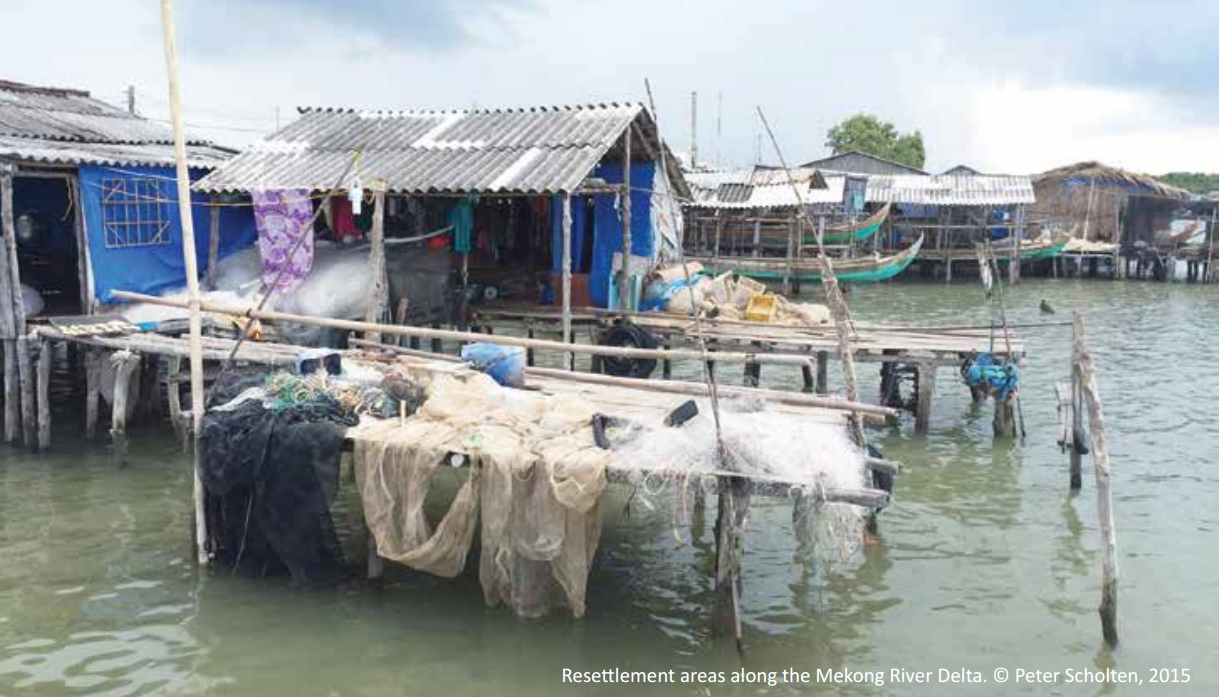mekong delta
Climate Risk Assessment for Infrastructure: An application for Cai Lon – Cai Be Sluice Gates in the Mekong Delta
In this study, a step-by-step methodology of climate risk assessment for infrastructure, namely the PIEVC Engineering Protocol (the “Protocol”), was used to assess the climate risk of the Cai Lon - Cai Be sluice gates.
The Mekong Delta an Emerging Investment Destination in Viet Nam: Sustainable Growth, Improving Infrastructure and an Excellent Investment Climate
This publication highlights the opportunities for investors in the Mekong Delta and presents the challenges that international businesses may still face in the region.
Climate Services for the Coastal Protection Infrastructure Sector in Vietnam: Baseline Assessment Report
The assessment report provides an overview of the Climate Service inventory which encompasses currently available Climate Service capacities and specific products. It furthermore reflects the current use and demands of Climate Services from the coastal protection sector.
A Recipe for the Service of Climate Risk Assessment for Infrastructures in Vietnam based on PIEVC Protocol
The recipe was developed based on the successful case of climate risk assessment (CRA) for the Cai Lon – Cai Be sluice gate project. The recipe consists of three main components, including procedure, quantity, and price.
A Guidance on How to Interpret Climate Information for the Assessment of Climate Risks: Example of the Cai Lon – Cai Be Climate Risk Assessment (Vietnam)
The main challenge of integrating climate information into risk assessments are opposing approaches for assessing climate risks and adaptation options and its implications for the design of climate information products. This guide breaks down the process using Cai Lon – Cai Be climate risk assessment as an example.
Risk Assessment for the Climate Proofing of Infrastructure Investments: PIEVC Protocol
The PIEVC Engineering Vulnerability Assessment Protocol is a climate risk assessment tool developed by Engineers Canada and tailored to the needs of the infrastructure sector. This document briefly describes the seven steps in risk assessment for the climate proofing of infrastructure investments.
Final Report: Climate Risk Analysis and Assessment Report for Cai Lon – Cai Be Sluice Gate Project Based on the PIEVC Protocol
T his report presents the results of the climate risk assessment conducted for the Cai Lon – Cai Be Sluice Gate project in the Mekong Delta, Vietnam, between August 2018 and May 2019. The assessment was conducted using the Public Infrastructure Engineering Vulnerability Committee (PIEVC) engineering protocol for infrastructure vulnerability assessments (the “Protocol”).
The Relationship between Climate Change Adaptation & Coastal Protection Planning in the Mekong Delta: the Role of Climate Services
The Decision Support Tool (DST) for the Coastal Protection for the Mekong Delta (CPMD) provides an analysis of the current geographical, geological and hydrological situation along the Mekong Delta’s coastline.
Relocation as an adaptation strategy to environmental stress: Lessons from the Mekong River Delta
Is relocation an adequate means of adaptation to environmental change? This policy brief analyses the success factors of relocation programmes in the Mekong River Delta (Vietnam).
